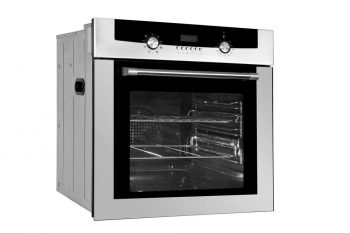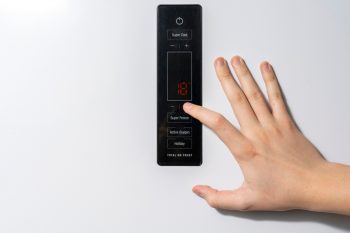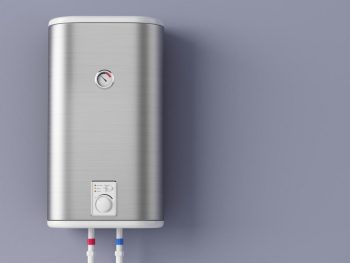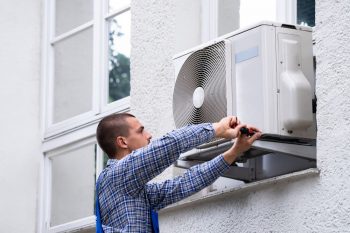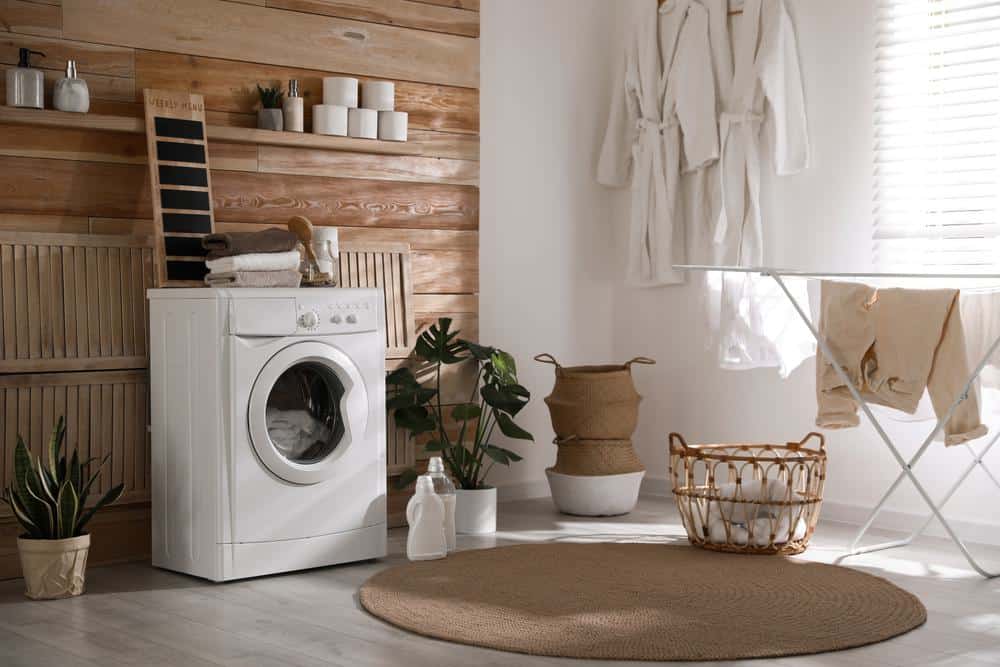
Starting a dryer may seem like a simple task, but there’s more to it than just tossing in your clothes and pressing a button. From preliminary maintenance to understanding different settings and what to do when things go wrong, this guide will walk you through everything you need to know about starting a dryer.
To start a dryer, first ensure it’s clean and in good condition. Load your washed clothes into the dryer, ensuring not to overfill it. Close the dryer door securely. Set the heat level and timer according to the type of fabric and desired drying time. Finally, press the start button to begin the drying cycle. If the dryer doesn’t start, check the door switch, power supply, thermal fuse, and start switch.
Preparing Your Dryer for Use
Before you start your dryer, it is crucial to perform some preliminary maintenance and cleaning tasks to ensure its optimal performance and safety.
- Clean the lint trap: This should be done after every cycle, but it’s especially important after a long period of disuse. A buildup of lint can prevent proper airflow, leading to overheating and potentially causing a fire.
- Check the vent hose and pipe: Ensure there are no blockages or damage that could hinder airflow.
- Inspect the dryer’s physical condition: Look for any missing bolts, screen breakages, or other damages, and replace or repair them as needed.
- Ensure proper electrical connections: Make sure the dryer is properly plugged in and that all electrical connections are secure.
- Check the dryer’s balance: An unbalanced dryer can cause excessive wear on its components, so ensure it’s properly leveled.
How to Start Your Dryer
Once you’ve performed the necessary maintenance, you’re ready to start your dryer. Here are the basic steps:
- Load the dryer: Place your washed clothes into the dryer. Don’t overfill it; clothes should be able to tumble freely. If you use a dryer sheet, add it now.
- Close the dryer door: Ensure it’s securely closed.
- Set the heat level and timer: Choose the appropriate heat setting for the type of fabric you’re drying. Adjust the timer according to the desired drying time or use an automated setting if your dryer has one.
- Press the start button: Modern dryer models usually have a separate start button. Press it to begin the drying cycle. If your dryer is an older model, you may need to press in the timer dial to start the machine.
Troubleshooting Dryer Issues
If your dryer does not start as expected, don’t panic. Here are some common troubleshooting steps:
- Check the door switch: Ensure the door is properly closed and latched. Some dryers won’t start if the door isn’t closed.
- Ensure power is on: Check that the power cord is securely plugged in and that the circuit breaker has not tripped.
- Inspect the thermal fuse: A blown thermal fuse can prevent the dryer from starting. You can test the thermal fuse with a multimeter.
- Examine the start switch: If the start switch is faulty, the dryer may not start. You can test the start switch with a multimeter.
Common Mistakes to Avoid
Avoid these common mistakes when starting your dryer:
- Not preparing clothes for drying: Always check pockets and remove any items that could cause damage.
- Overfilling the dryer: This can cause clothes to take longer to dry and come out wrinkled.
- Ignoring dryer settings: Use the appropriate settings for each load to maximize efficiency and prevent damage to your clothes.
- Not cleaning the lint trap and vent: Regularly clean these parts to prevent overheating and reduce the risk of fire.
- Over-drying clothes: This can cause clothes to shrink and wear out faster. Use moisture sensors or timed drying settings to prevent this issue.
In conclusion, starting a dryer involves more than just pushing a button. By understanding how your dryer works and how to maintain it, you can ensure it operates safely and efficiently. Remember, when in doubt, always refer to your dryer’s user manual or consult with a professional.
Frequently Asked Questions
What type of fabric requires which heat setting on the dryer?
As a general guide, high heat is suitable for cottons and heavy fabrics like towels and jeans. Medium heat is ideal for synthetic or blended fabrics, while low heat is best for delicate items like lingerie and workout clothes.
How often should I clean the lint trap in my dryer?
It’s recommended to clean the lint trap after every drying cycle. This helps to maintain optimal airflow and reduce the risk of fire.
How can I tell if my dryer is unbalanced?
If your dryer is making excessive noise or vibrating heavily during operation, it might be unbalanced. You can check by seeing if the dryer wobbles when you push it slightly. If it does, you’ll need to adjust the dryer’s feet until it’s level.
What should I do if my dryer’s start switch is faulty?
If your dryer’s start switch is faulty, you’ll likely need to replace it. This is a task that might require professional assistance, depending on your comfort level with appliance repairs.
What is a thermal fuse in a dryer and where is it located?
The thermal fuse is a safety device that stops the flow of electricity to the heat source if the dryer overheats. It’s usually located on the blower housing or near the heating element. The exact location can vary depending on the model, so refer to your user manual if you need to locate it.





